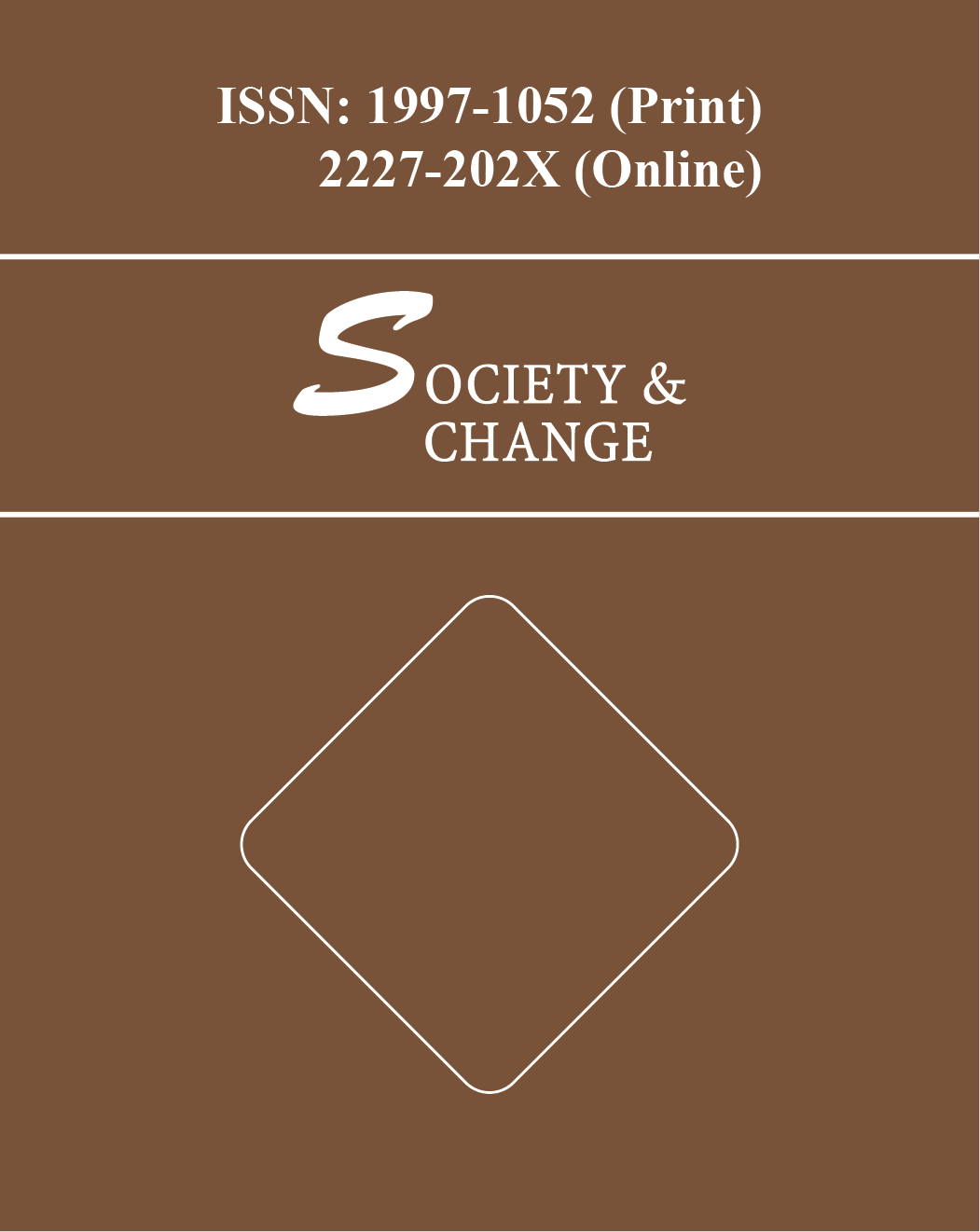The 2024 Bangladesh Quota Reform Movement marks a significant case in the study of digital-age social movements, illustrating how modern communication technologies and strategic social networking catalyze political change. This article employs Manuel Castells' network theory of social movements and causal process tracing to explore the dynamics that contributed to the movement's success. Specifically, it examines the roles of digital media in organizing and amplifying public dissent, alongside the external political and social conditions that influenced the movement’s outcomes. The study finds that the Quota Reform Movement leveraged digital platforms not only to mobilize support but also to create resilient, adaptable network structures capable of withstanding government pressure and rapidly shifting tactics in response to political developments. These networks enhanced the movement's visibility and sustained engagement both locally and internationally, exerting significant pressure on the government to address the demonstrators' demands. Additionally, the research highlights the critical role of global solidarity and international media in influencing domestic policy changes. The movement’s ability to draw global attention played a pivotal role in its success, suggesting that modern social movements must consider both local and global dimensions in their strategies. The article concludes with recommendations for future social movements and policy frameworks, emphasizing the importance of digital literacy, networked organizational structures, and proactive government engagement with digital platforms. This case study not only contributes to our understanding of social movements in the digital era but also informs ongoing discussions about the intersection of technology, politics, and society



 INSEARCH 2025: 10th International Integrative Research Conference on Governance in Society, Business and Environment
INSEARCH 2025: 10th International Integrative Research Conference on Governance in Society, Business and Environment